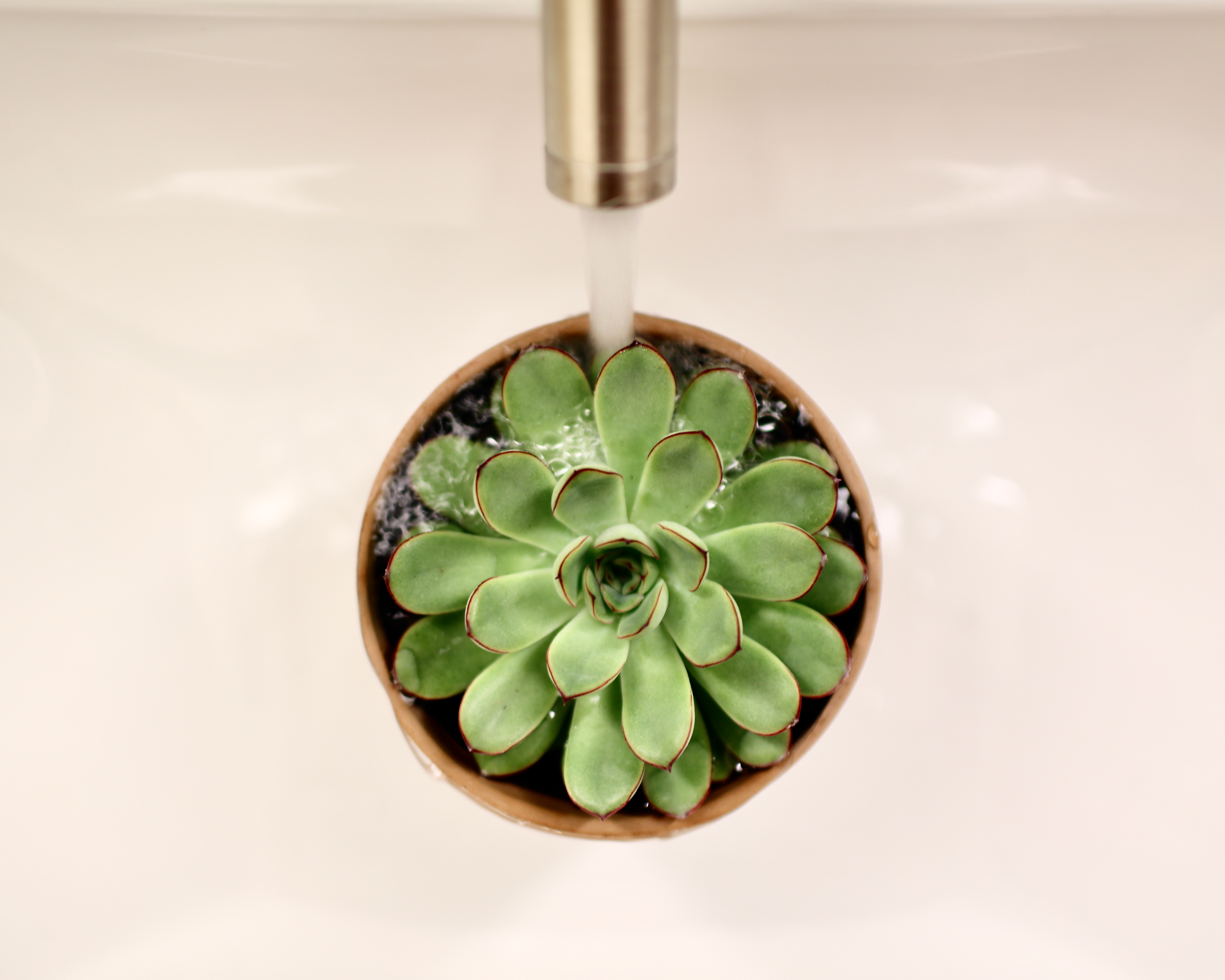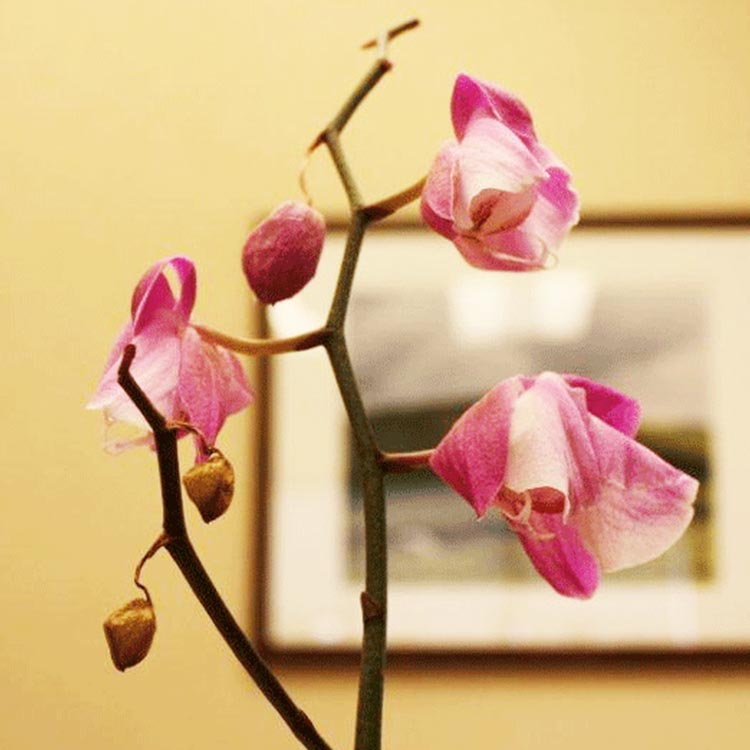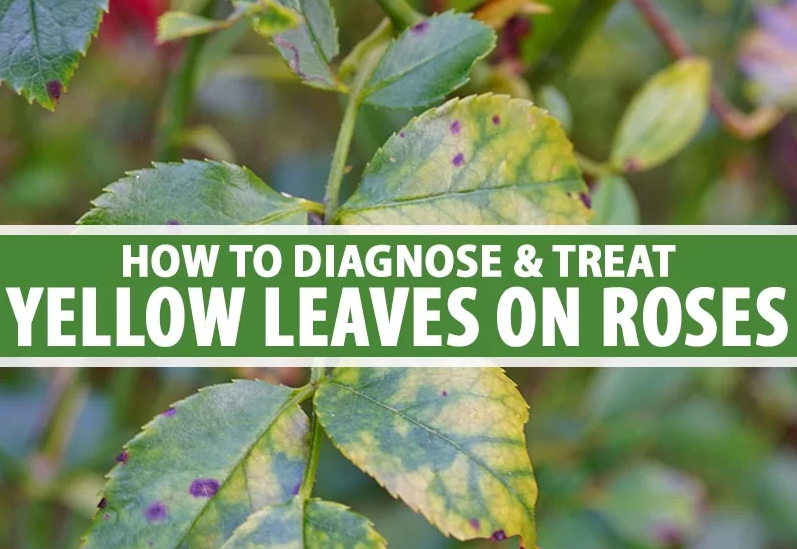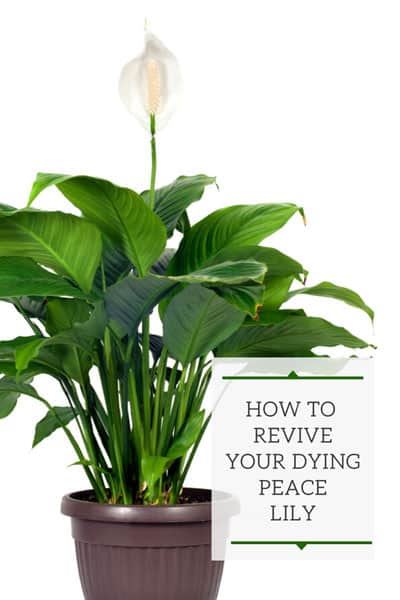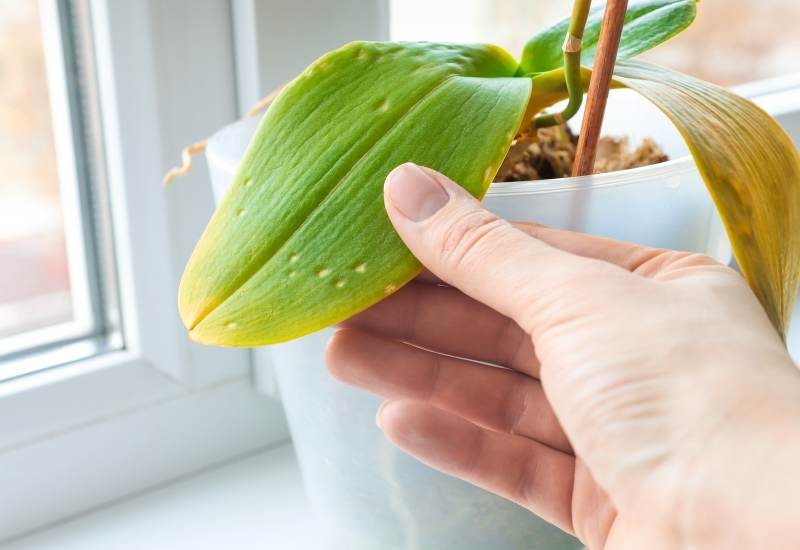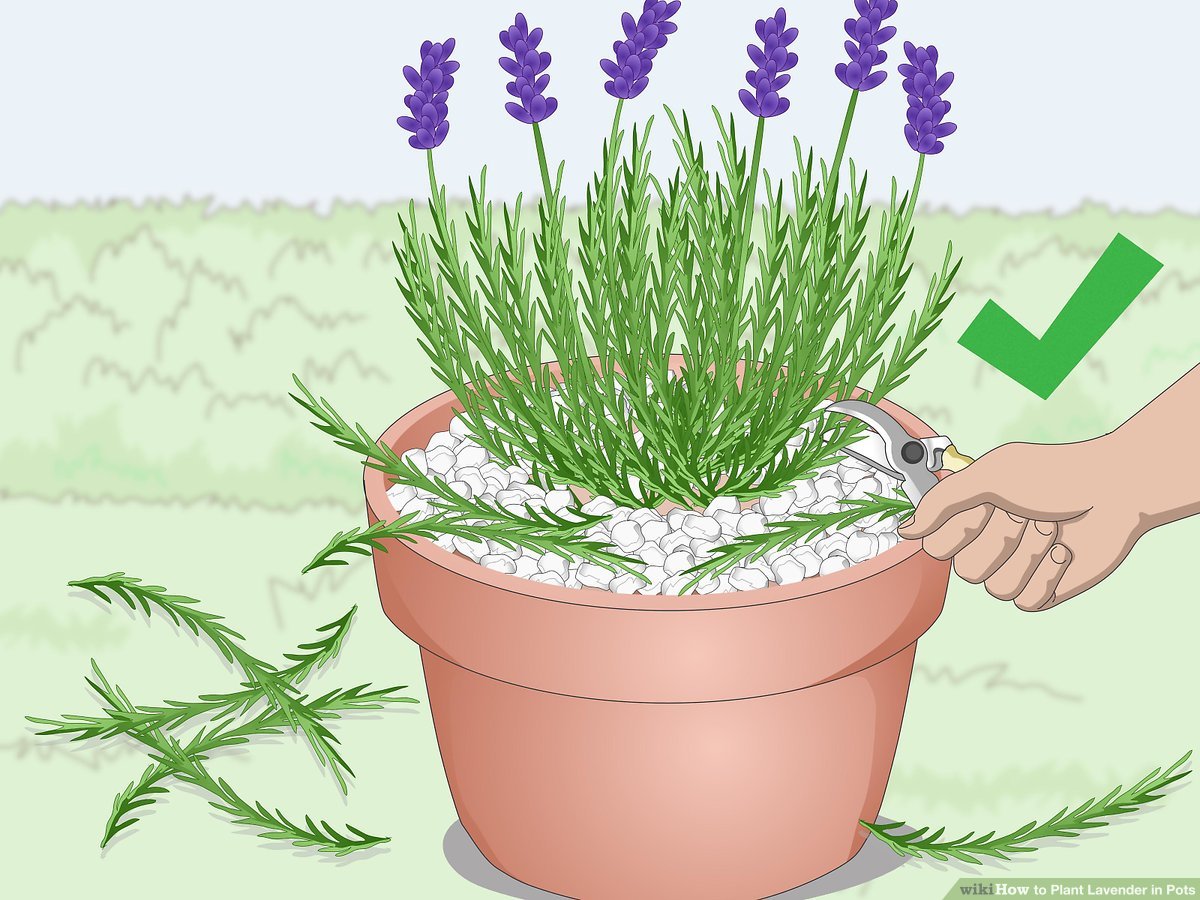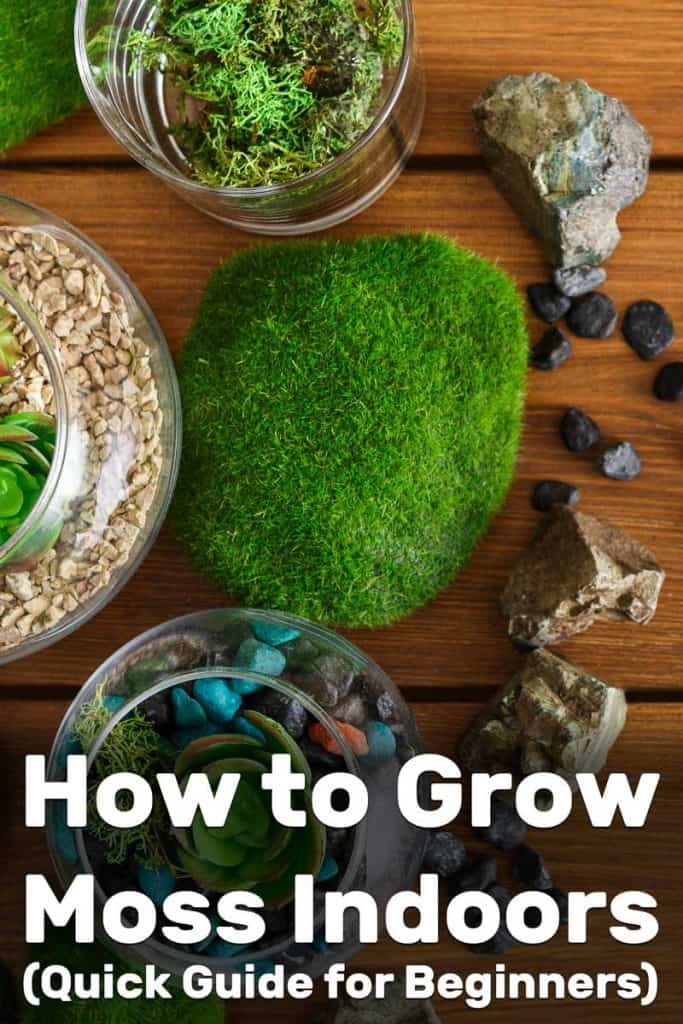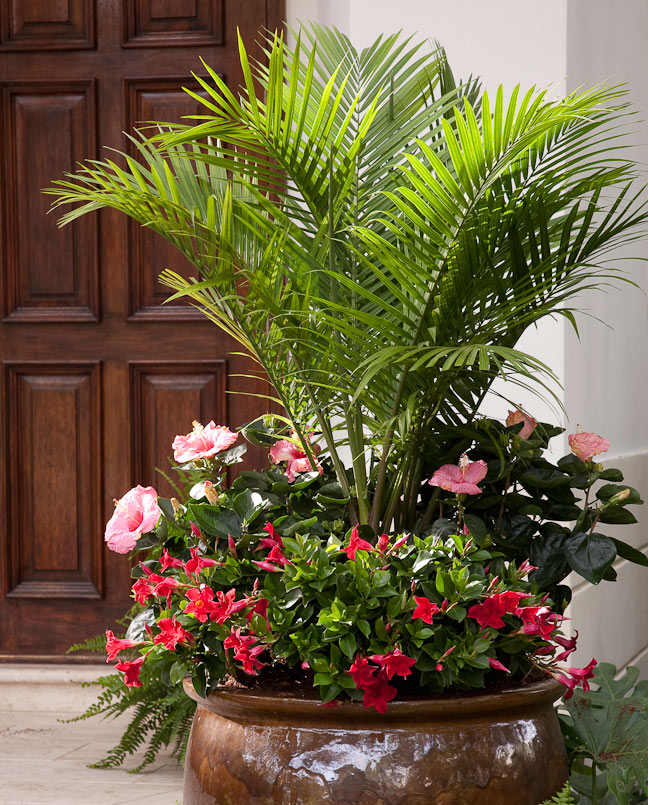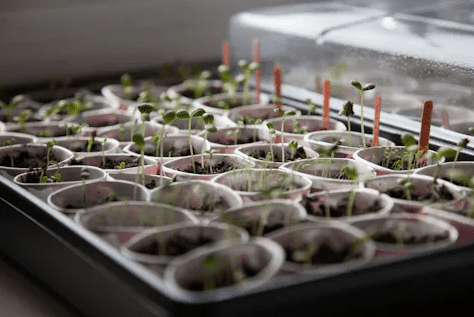How to Revive a Dying Succulent Plant
Overwatering and poorly draining soils are the main causes of succulent deaths. Succulents need the soil to dry out between waterings because they are drought-tolerant plants. Succulents get root rot in wet soil, which turns their leaves brown, black, or yellow and gives them a withering appearance. While overwatering is the most frequent cause of …

